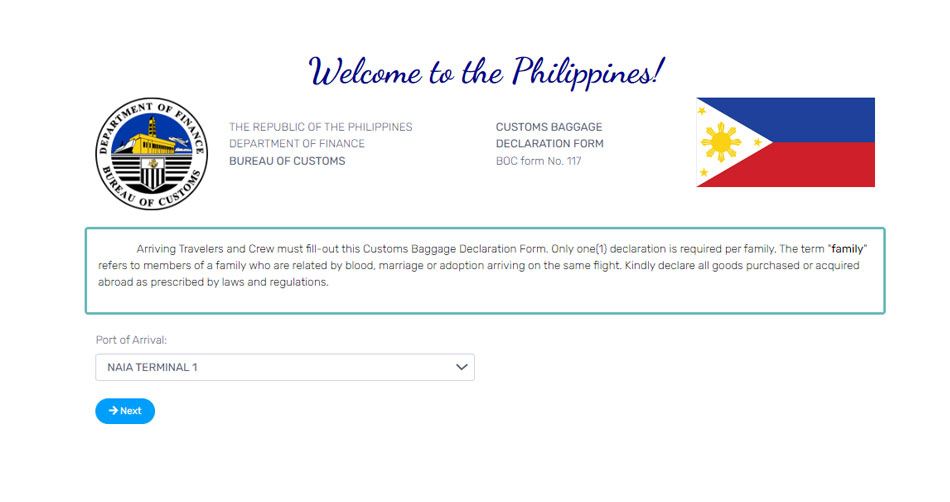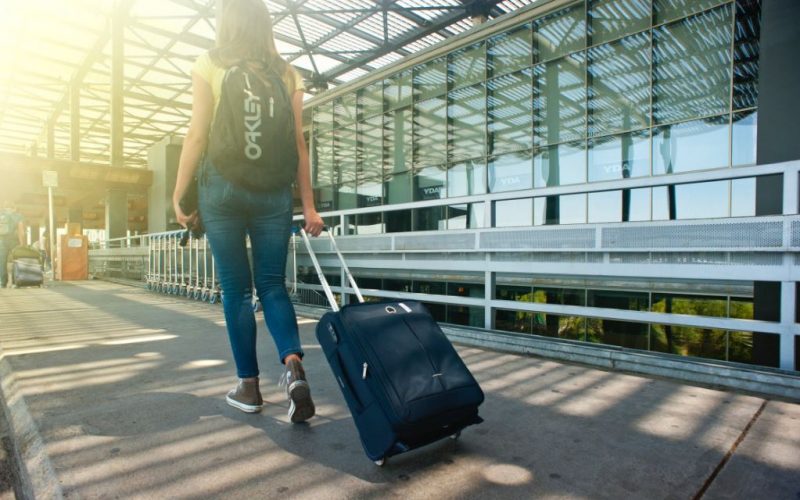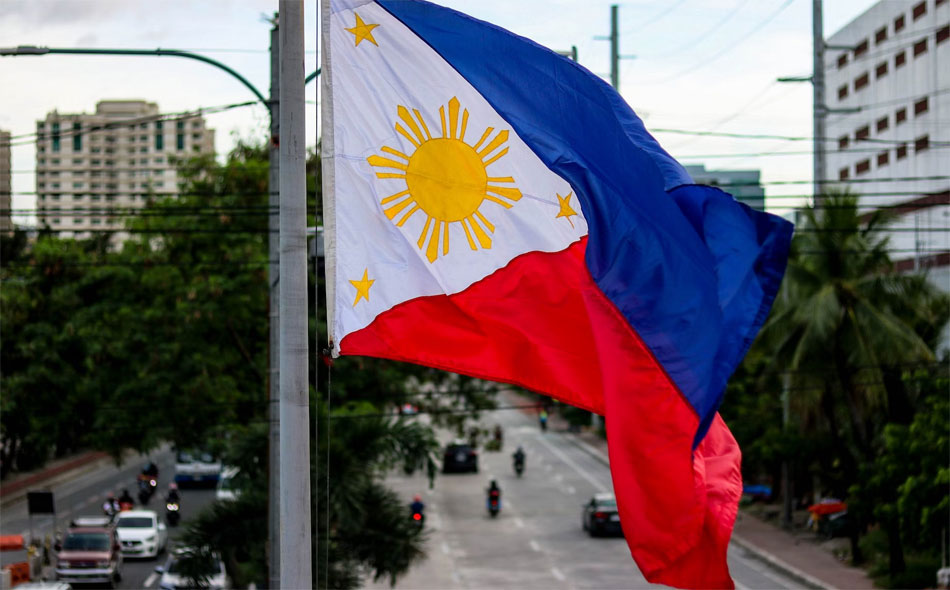From the beautiful beaches of Boracay to the bustling streets of Manila, the Philippines perfectly captures the essence of breathtaking natural surroundings, vibrant culture, and upbeat-friendly people. The country’s rich heritage and history can also be seen through its colonial-era architecture and world heritage sites, such as the Baroque Churches or the Vigan City. And being a major exporter of electronics, food products, and apparel, the Philippines is on the rise to become one of the most rapidly evolving economies in the world.
Facilitating the export and import of goods in the Philippines is the ever-present Bureau of Customs (BOC), which is the government-owned agency responsible for handling the customs department in the country. Established under the Department of Finance, the BOC has a number of different functions, most primarily the collection of customs duties and other taxes on imported goods. Additionally, the organization also prevents the smuggling of contraband goods into the country, ultimately protecting the country’s borders and national security. So, if your international travel involves entering the Philippines, then it is essential that you declare any imported goods that you might possess before your arrival. And to do that, simply follow this guide, and you will be good to go.
Steps For Paying Custom Clearance Fee

The Bureau of Customs in the Philippines has created a streamlined process where foreigners and returning citizens of the Philippines can easily complete the customs declaration process from the comfort of their homes, even before flying or while en-route to the Philippines. The entire process is carried out online (the offline process is optional) and therefore negates the need for any offline paperwork. To begin the declaration process, follow the necessary steps presented below.
- First, you need to visit the official website here.
- On the landing, proceed to accept the privacy policy.
- In the next step, click on the e-CBD application for “Arriving in the Philippines?”. Alternatively, you can choose to download the form, print it, and fill it out – if you decide to complete the declaration process after your arrival at the country (offline).
- Once done, you will be asked to select your “Port of Arrival”. After choosing your preferred option, click on “Next”.
- You will then be asked to enter your personal information, such as your name, gender, date of birth, citizenship, passport number and its country and date of issue, purpose of visit, flight number or vessel name, etc.
- Once you have completed filling out the “Personal Information” section, you will then be asked to complete the declaration. Mention the goods that you will be carrying with you on your visit to the Philippines. Proceed to attach any scanned images that might be relevant for your application.
- After that, enter your signature as well as your email address (which will be used as a method of communication).
- Lastly, click on “Submit,” and your declaration form will be submitted right away. A confirmation message containing the reference number will be mailed to your email address.
- Once you arrive at the Philippine airport, simply share the reference number with the customs authorities.
- As the checking and verification process is complete, you will be asked to pay the customs duties for the goods that exceed the exempted limit (if any), eventually completing the clearance process.
Documents Required and Other Related Information

The only document that you will be required to present during your customs declaration process is your passport number. Your passport will be used to verify the credibility of your name, country of origin, and date of birth. With that being said, all foreign travelers entering the Philippines with goods that carry a value of 10,000 Philippine Pesos or lower will not be subjected to any customs duties or taxes.
On the other hand, Filipino citizens are allowed to import goods for personal use up to a maximum value of 150,000 Philippine Pesos within a single calendar year. However, the imported goods should not be in commercial quantities or intended for sale, hire, or barter.
Keep in mind that failure to declare any dutiable goods will lead to a penalty of a 30 per cent surcharge over and above the due payment of customs duties and taxes (based on the total landed cost of the goods).
In addition to that, prohibited goods (according to the Bureau of Customs) include: counterfeit goods; brandished or adulterated food or drugs; abortion paraphernalia; goods manufactured in whole or in part with precious metals (silver, gold, etc.); materials that incite or advocate treason against the Government of the Philippines; and goods that represent immoral or obscene character.
How Much Time Does the Clearance Take?
If the customs declaration process is carried out beforehand, then you can expect the clearance to be completed instantly. However, if the declaration process is carried out on the spot using the printed-out form, then you can expect a delay of some minutes.
For any additional assistance or queries, you can get in touch with the Philippines Customs Department via phone at (02) 8705 6000. Phone lines are available around the clock.

